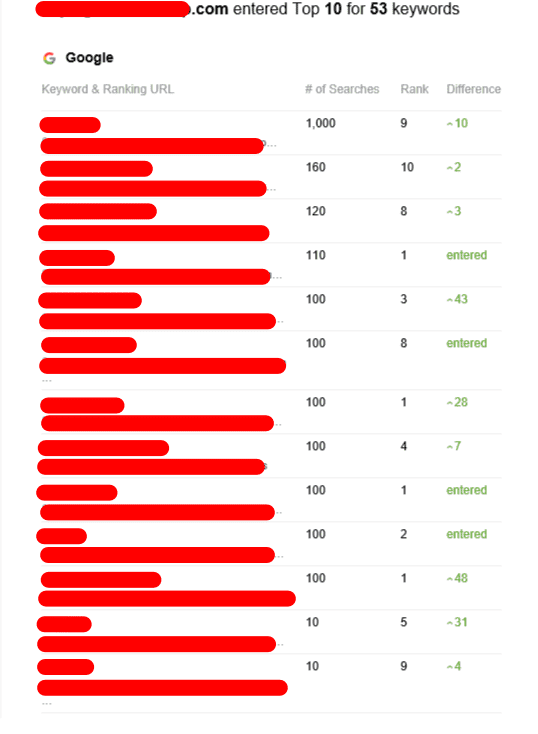 Backlink tier 2 links seo — The Hierarchy of Backlinks That Scale Your SEO Campaign
Backlink tier 2 links seo — The Hierarchy of Backlinks That Scale Your SEO Campaign
Backlink tier refers to the hierarchy of links that you build to scale up your SEO campaign. Each level gives you an extra layer of protection from Google’s penalties.
To be successful you’ll have to put in a lot of effort and time. That’s because Google takes weeks to discover new backlinks and evaluate their quality on per-link basis.
First-Tier Links
These links should be of high-quality and dofollow from reliable websites. These are referred to as Tier 1 backlinks and act as the foundation of your link building strategy. They provide your website with enough authority in the domain for it to rank well on results pages of search engines. If, for instance, your blog post was published on HubSpot and included a tier-one hyperlink to SearchEngineLand’s compilation Link Building Statistics then SearchEngineLand’s web rankings will benefit from the link equity that HubSpot transferred to SearchEngineLand.
The second tier is more diverse and contain low-quality backlinks, like spammy forums or low-value bookmarking sites and directories. But the primary goal for Tier 2 is to produce high-quality content that is linked to your first-tier backlinks. This is because good content will improve the content in which it resides and will not appear as if it was added for SEO reasons.
To build a successful tiered link building strategy, you’ll need to put your money in producing quality content and investing in tools like RankerX or GSA. However, the time and money that is spent manually executing a tiered link building campaign can be worth it terms of the higher rankings that result from having a well-structured backlink pyramid.
Second-Tier Links
Tiered link construction is designed to lead users through different pages before bringing them to your site. To accomplish this it is essential to select second-tier backlink sources that are relevant to your industry and site. Guest blog posts are more effective than profile pages because they offer valuable content that users will want to consume.
In general, avoid using tier 2 links in forums or other sites that aren’t of high-quality. Choose pages that are of high-quality, such as industry articles or guest posts. These links will appear more natural and have more influence on your search engine rank. Additionally they are more likely to be acknowledged by Google as having passed link equity, which could boost their rankings in SERPs.
If you build tier two links in the hopes of boosting your SEO rankings, you need to be aware that it’s difficult to obtain these kinds of quality backlinks manually. It can take months to submit guest blog posts to first-tier 1 seo publishers, and mouse click the next internet page even longer to wait for them to be published. It can also take weeks to see results when it’s time to generate new traffic and converts on the internet.
Many SEOs utilize automated tools to create second-tier backlinks. This method may violate Google’s Webmaster Guidelines and lead to being penalized.
Third-tier Links
This level contains a huge number of links, some of which are considered to be spammy. They are shared on social media platforms and websites that are created by users, such as Quora. They are used to index tier 2 links but do not pass link equity on to the resource that is promoted. These are usually nofollow links. At this point, marketers are more concerned about quantity rather than quality. They employ tools to publish an huge amounts of links on forums, in the comments of blog articles and posts directories, as well as other similar locations. This is where tiered link construction becomes a gray area and violates Google’s webmaster rules.
Link-building strategies that are classified require a lot of time and energy to be successful. Google could take months or even days to rank the backlink. It may then take weeks or even months to see the SEO effects. Marketers should be patient and use a carefully-planned content strategy.
Marketers should also be wary of using too many automated tools to achieve this level of linking. They can be in violation of the rules of search engine optimization and lead to penalties. It is better to manually choose and post links on relevant websites of donors instead of using automated services such as GSA or RankerX. This will stop the search engine from penalizing a promotion using links that are not of high quality.
Fourth-Tier Links
Tiered link building is a well-known method of gaining more website traffic. However since Google has made significant efforts to eliminate «black black» SEO practices, multi tiered Link building linking methods have seen a decline.
They are regarded as gray-hat SEO techniques and can be penalized for their artificial use. Tiered links are backlinks that are constructed on different levels of an underlying pyramid of links. The primary purpose of these backlinks is to improve the ranking of a site promoted in search engine results. This way, the promoted web page will rank higher than competitors and receive more organic traffic.
This type of tier has a lower quantity of backlinks, and are usually nofollow. This tier could also include low-quality directories, article networks, and social media profiles. These links can be made by hand or through strategic automation solutions, but they must remain diversified in terms of domains or niches they are in and the relevance.
These backlinks, in addition to being low-quality and not followable may also be a source of trouble when they’re not diversified enough. This is due to the fact that Google has a highly advanced group of hound dogs that are constantly looking for patterns in backlink profiles and techniques. If they find them, not only can the link-building team be penalized, [empty] but also its clients.



